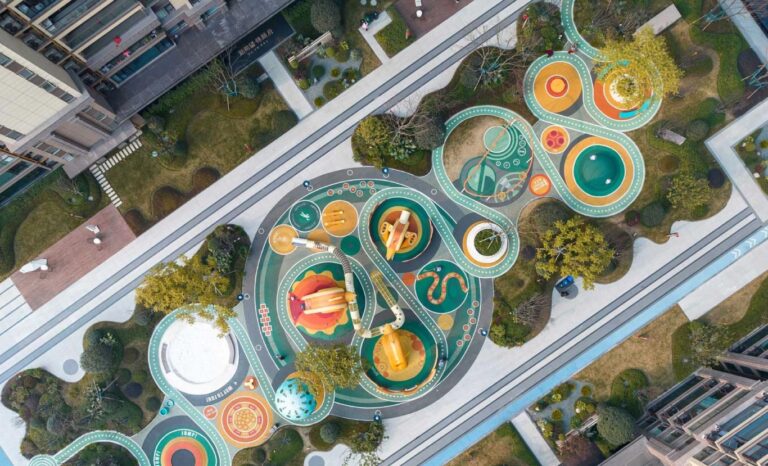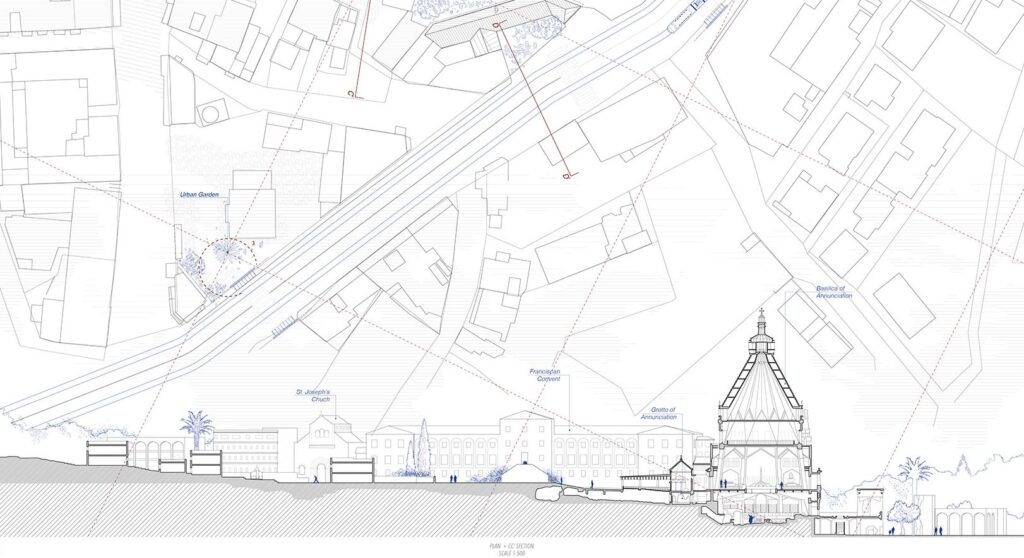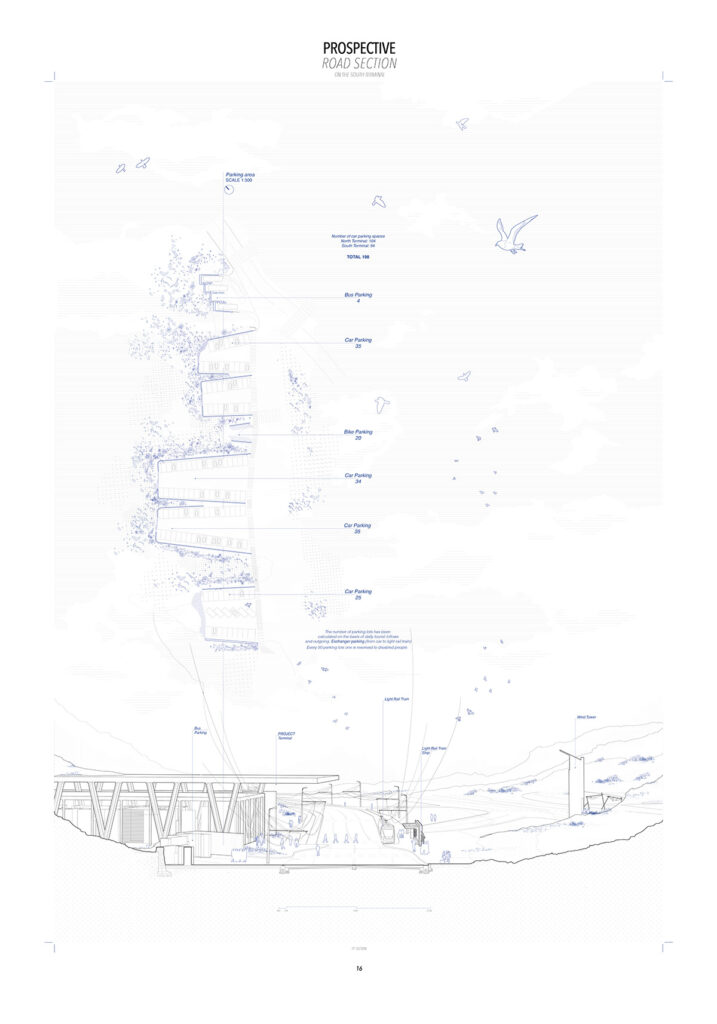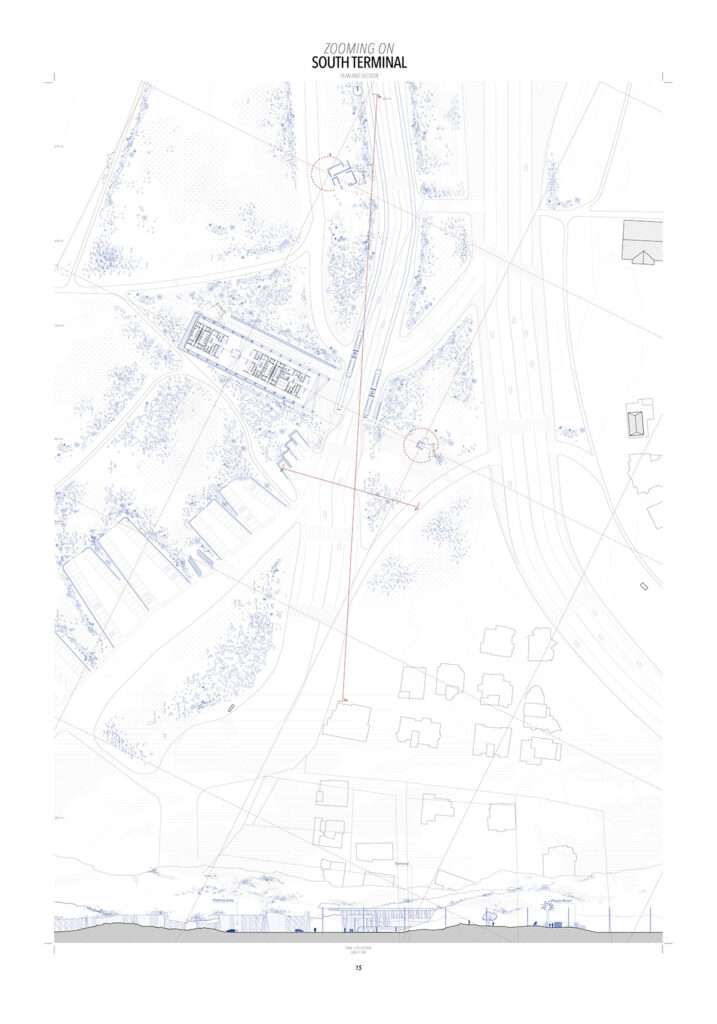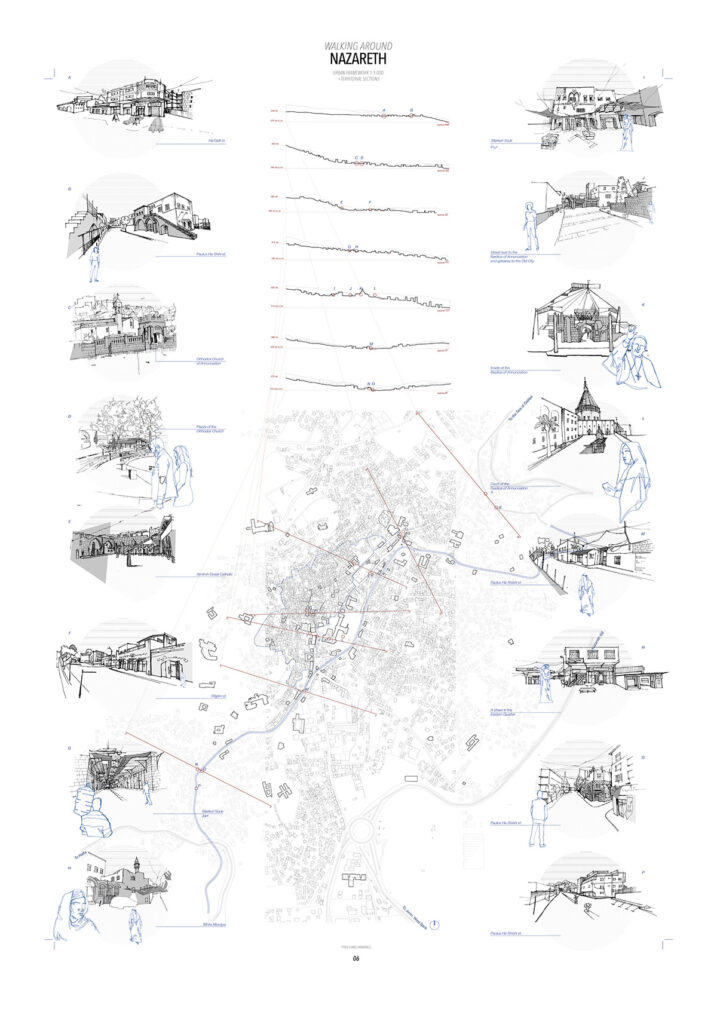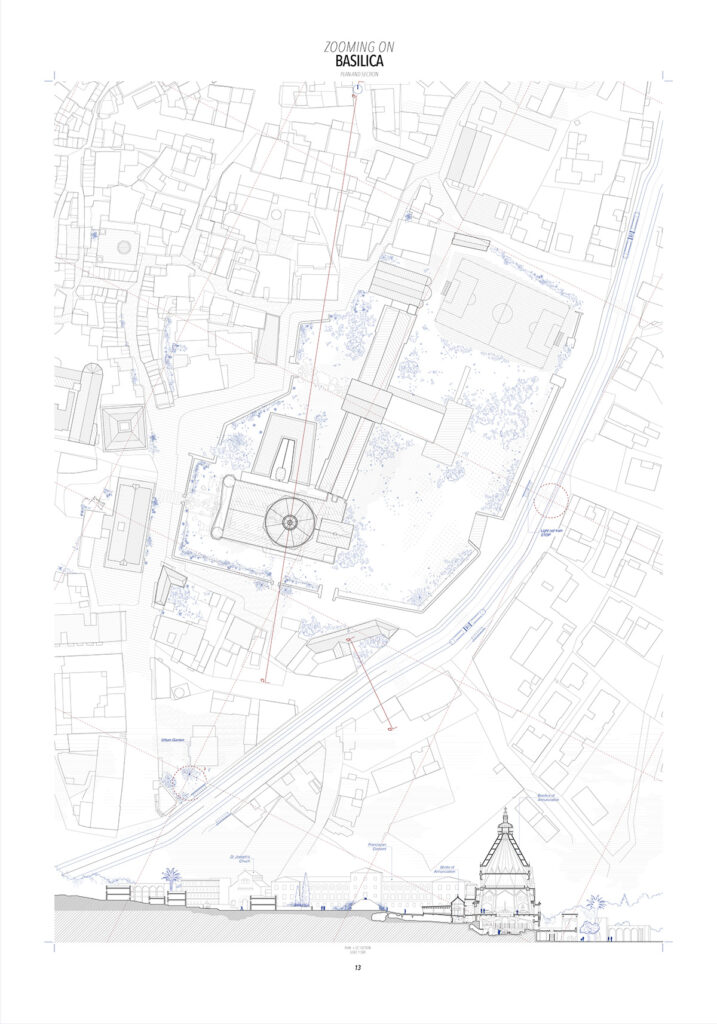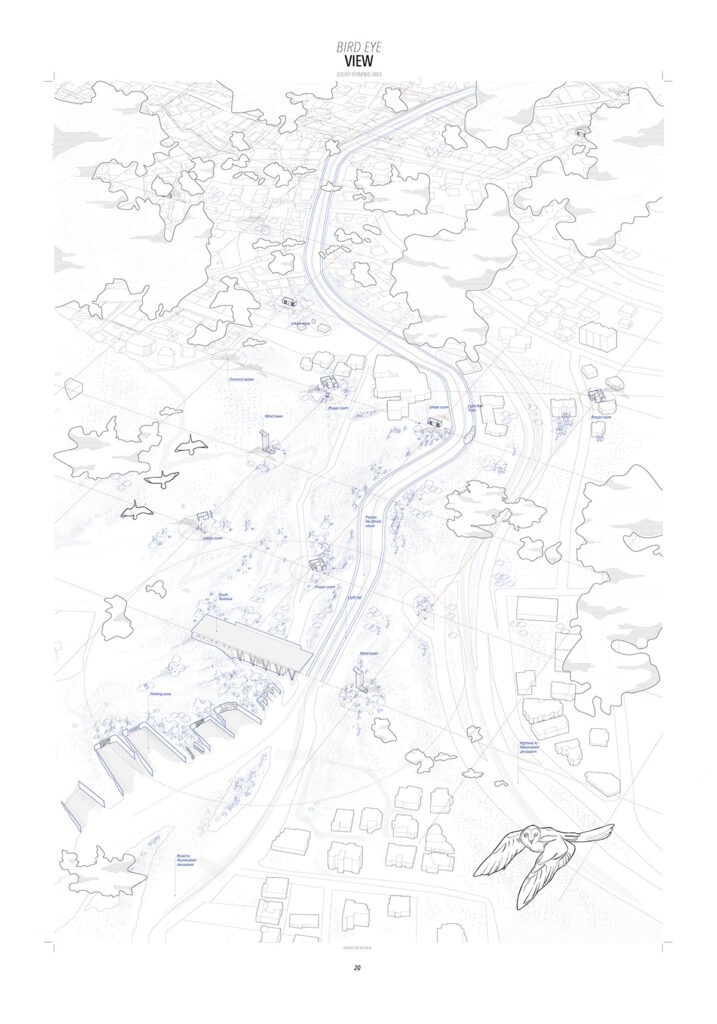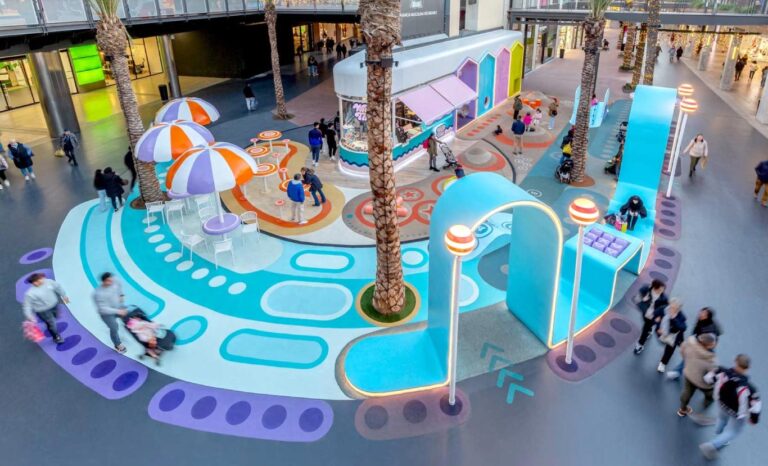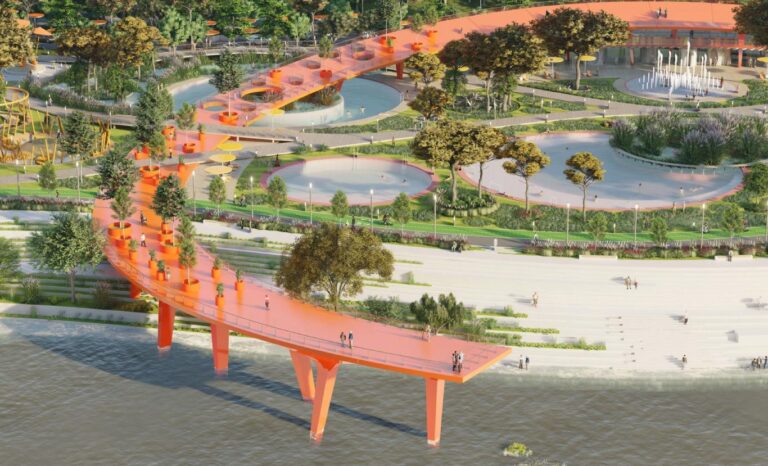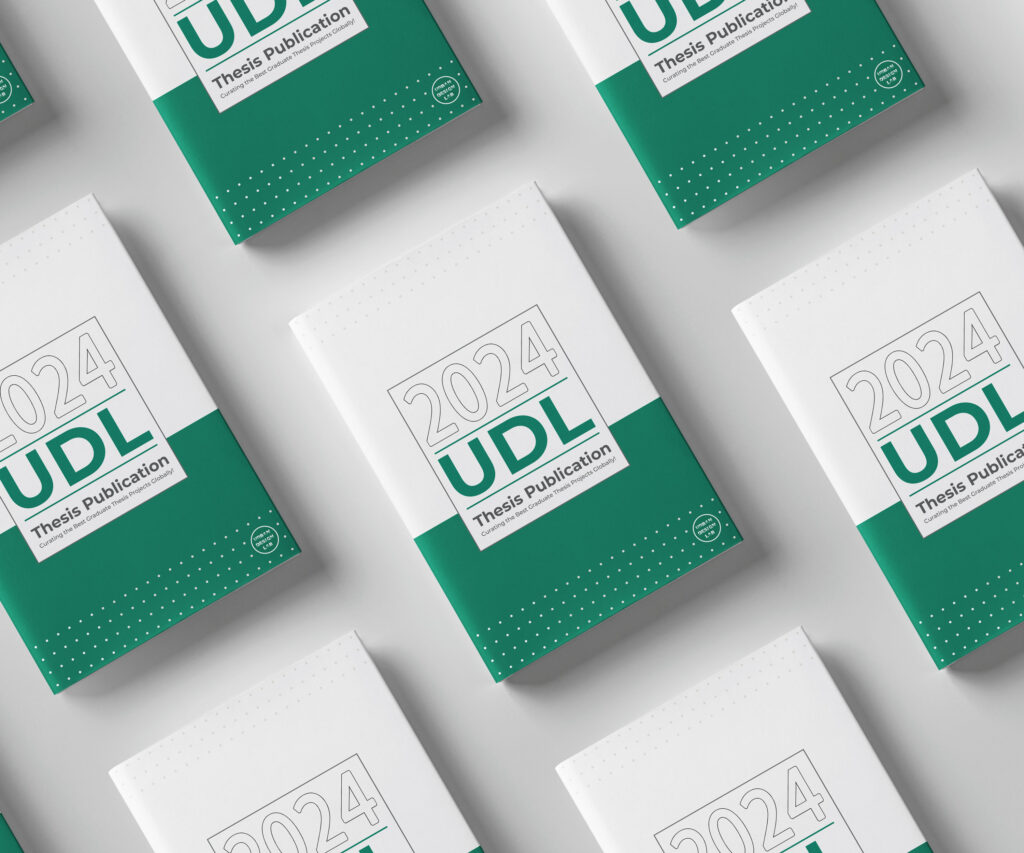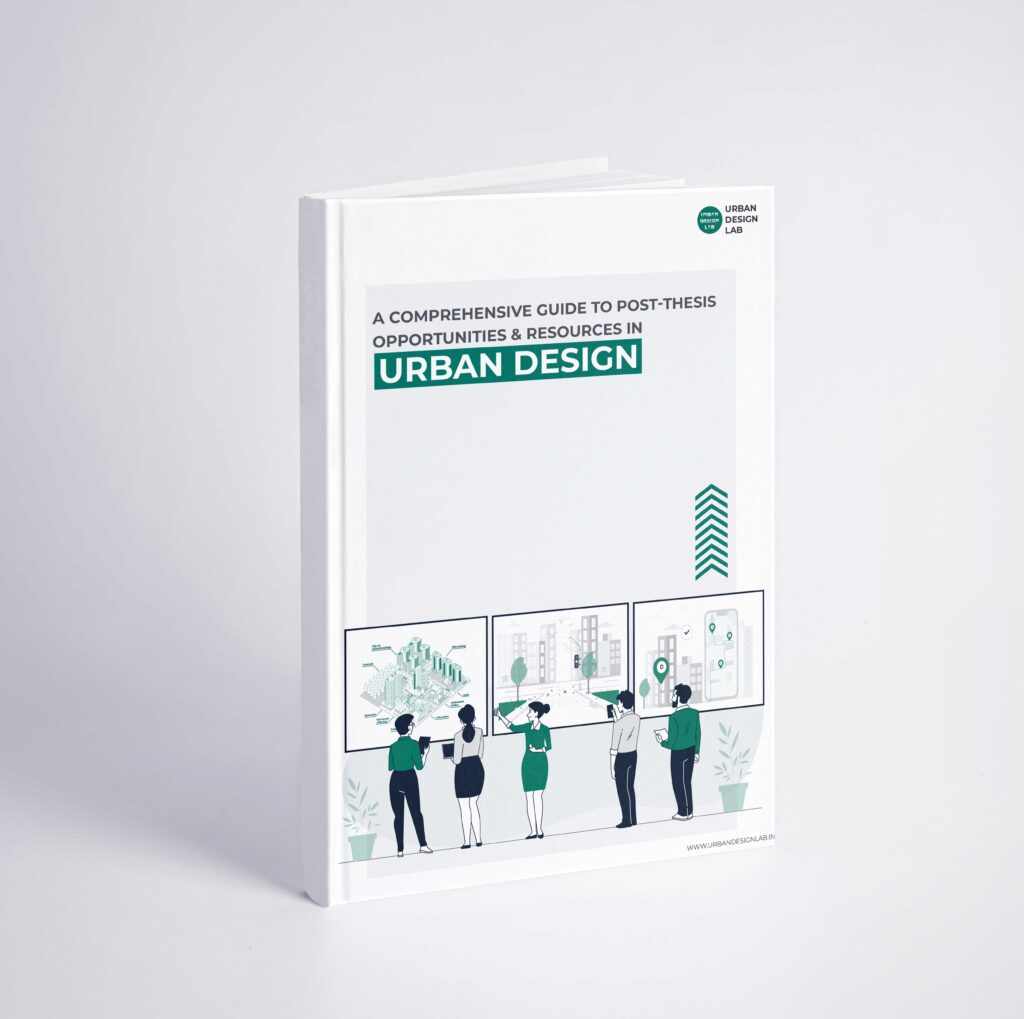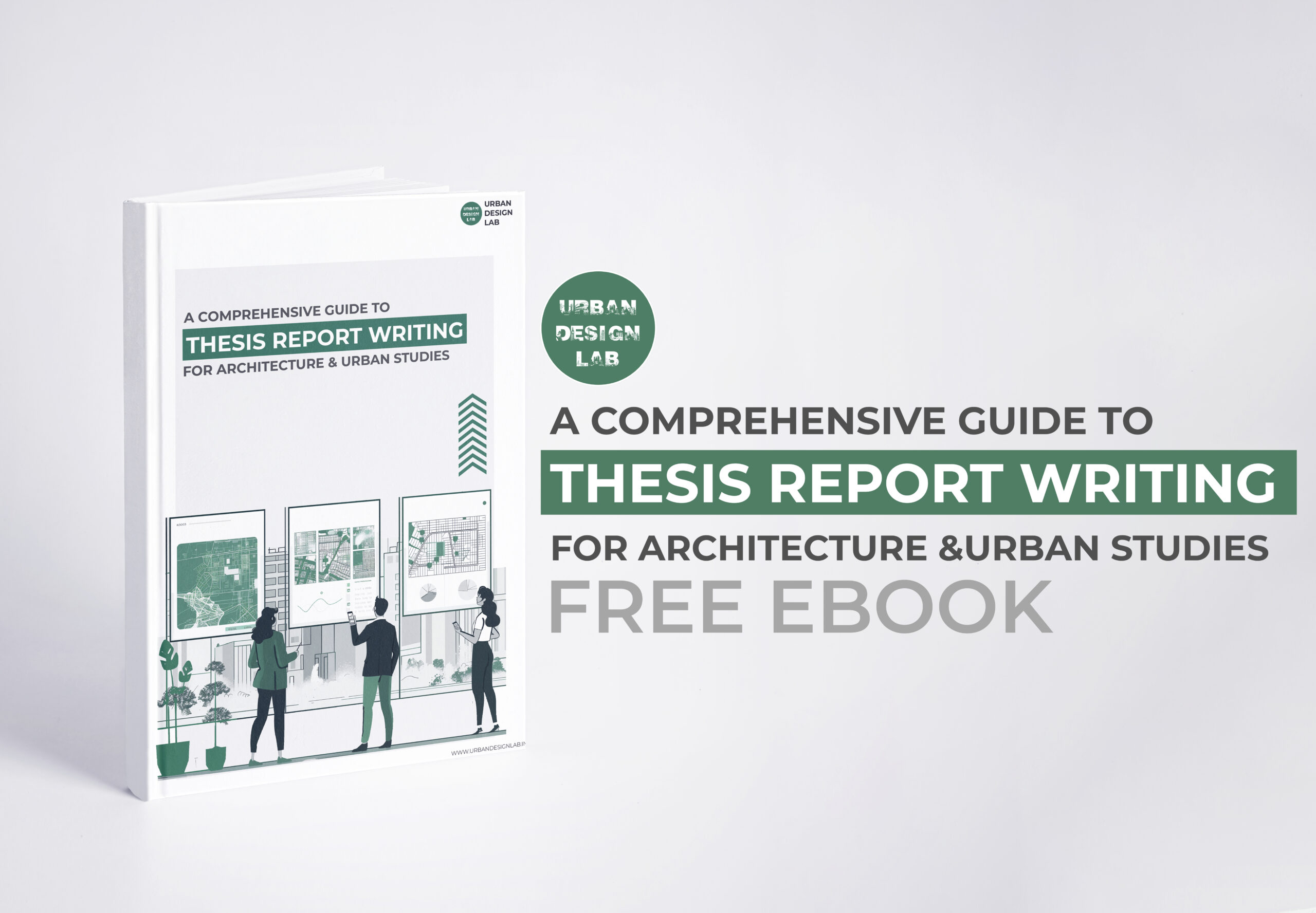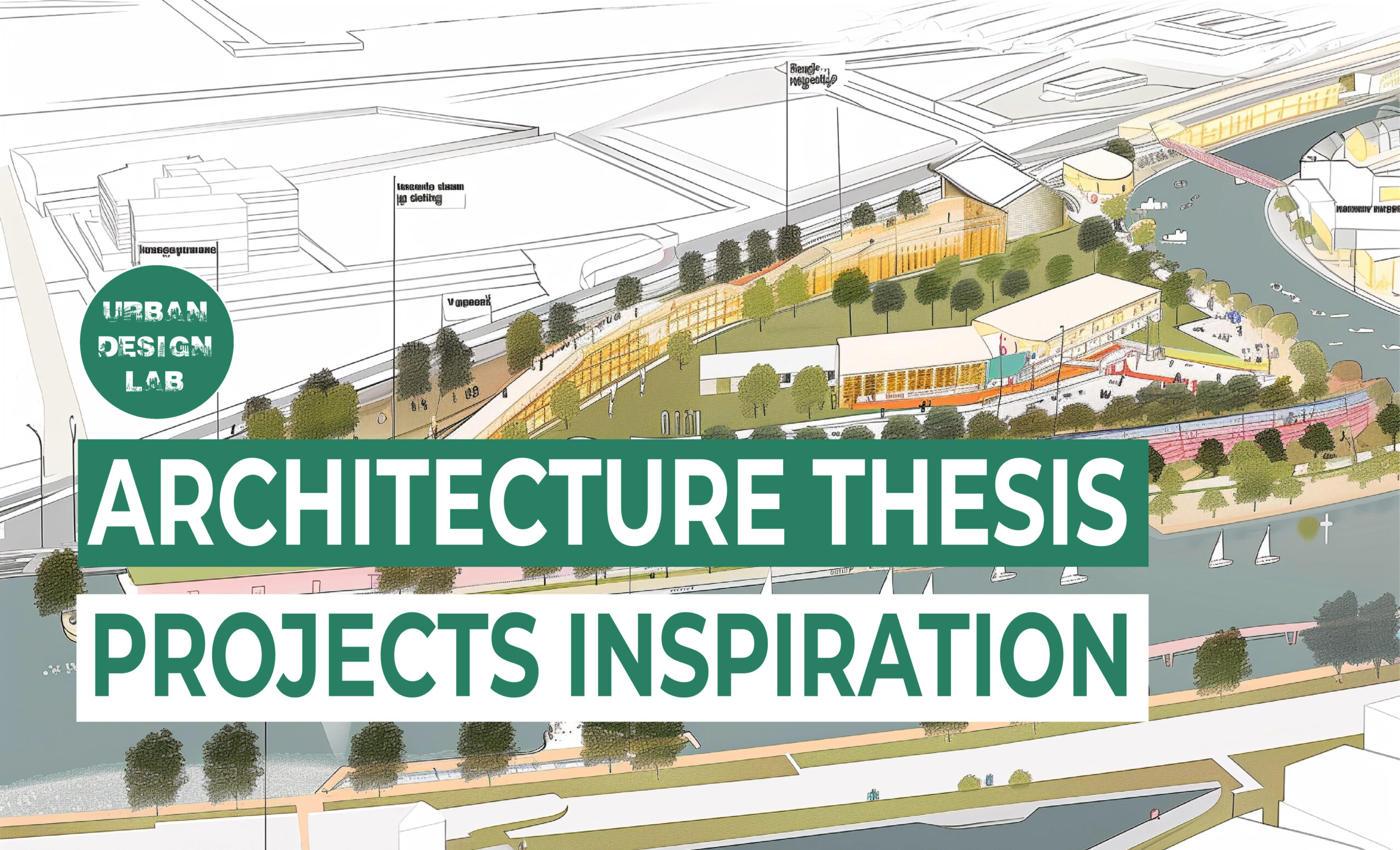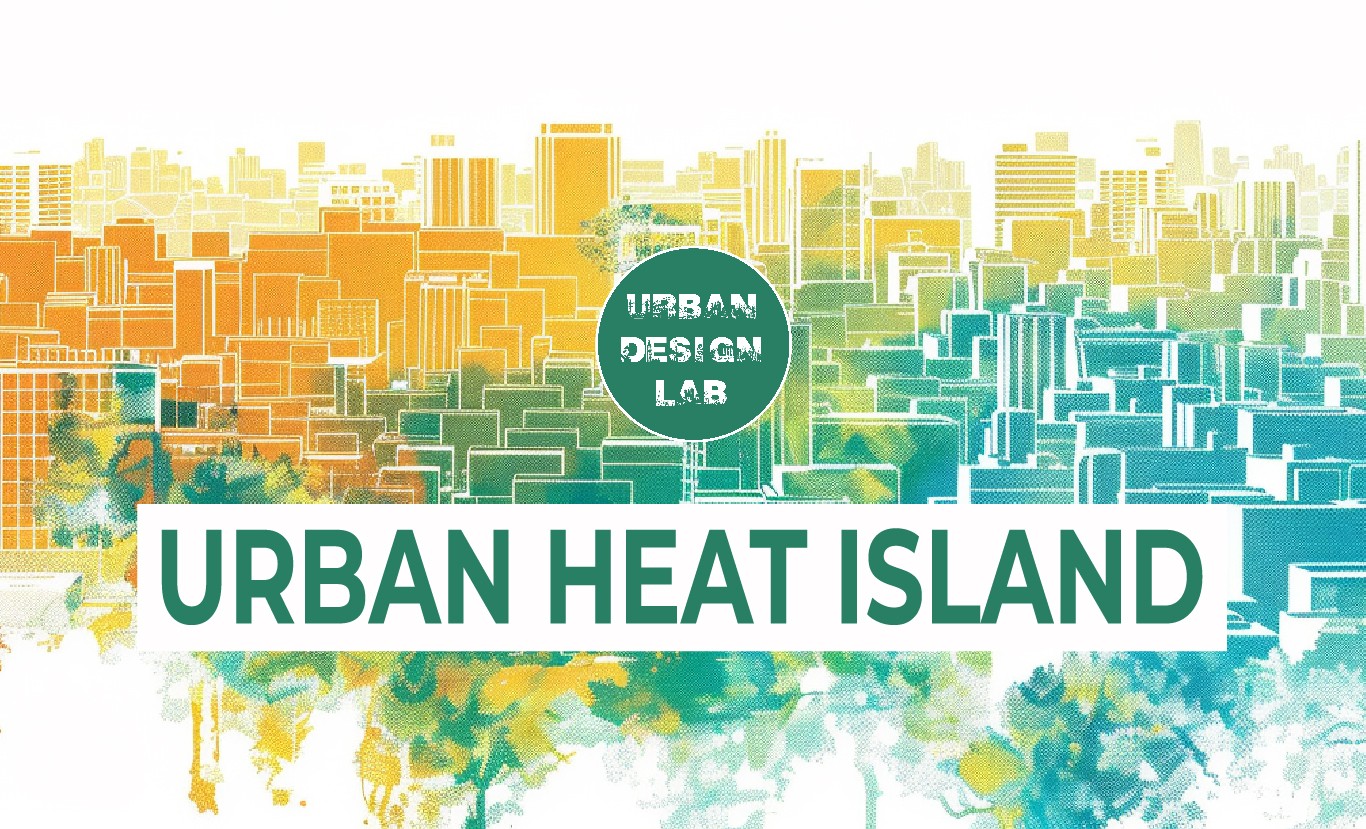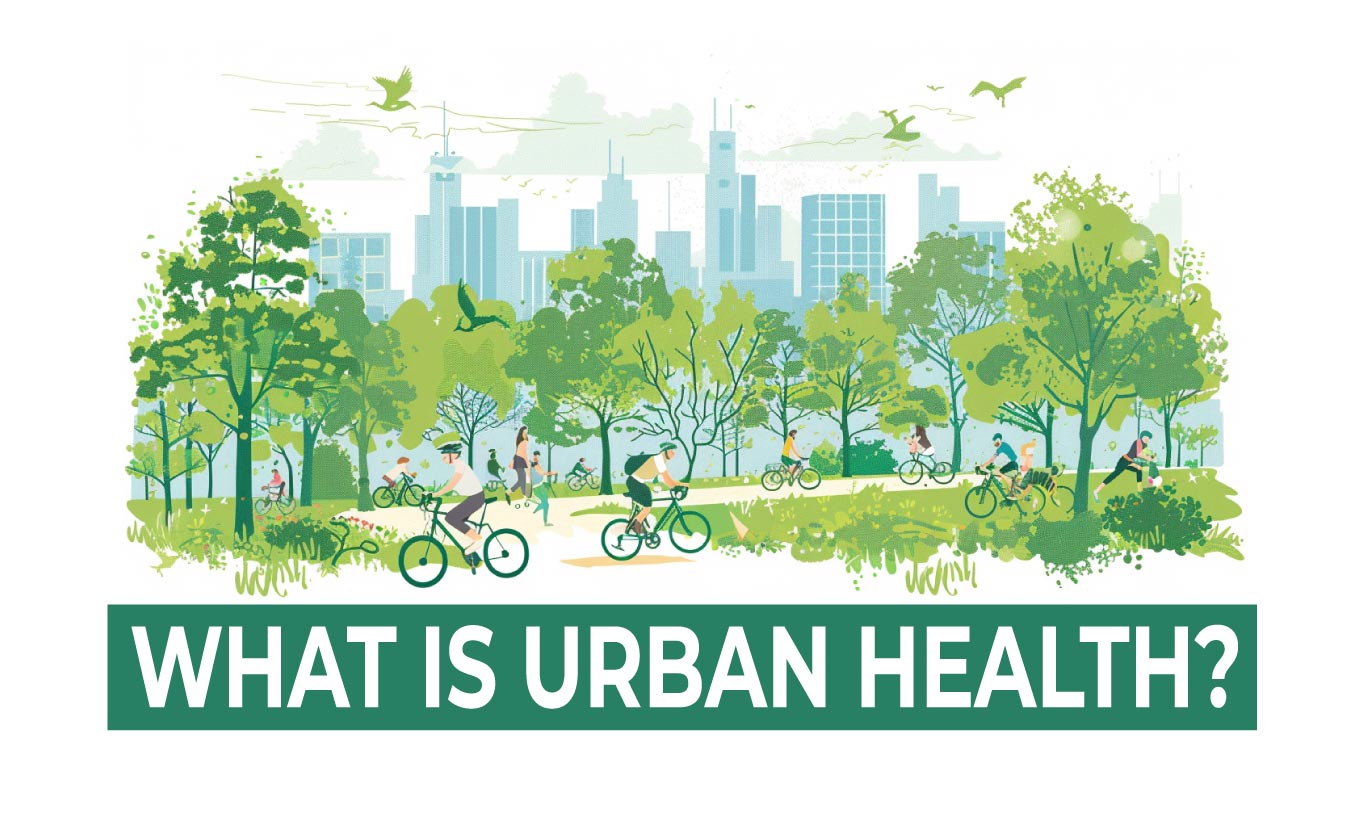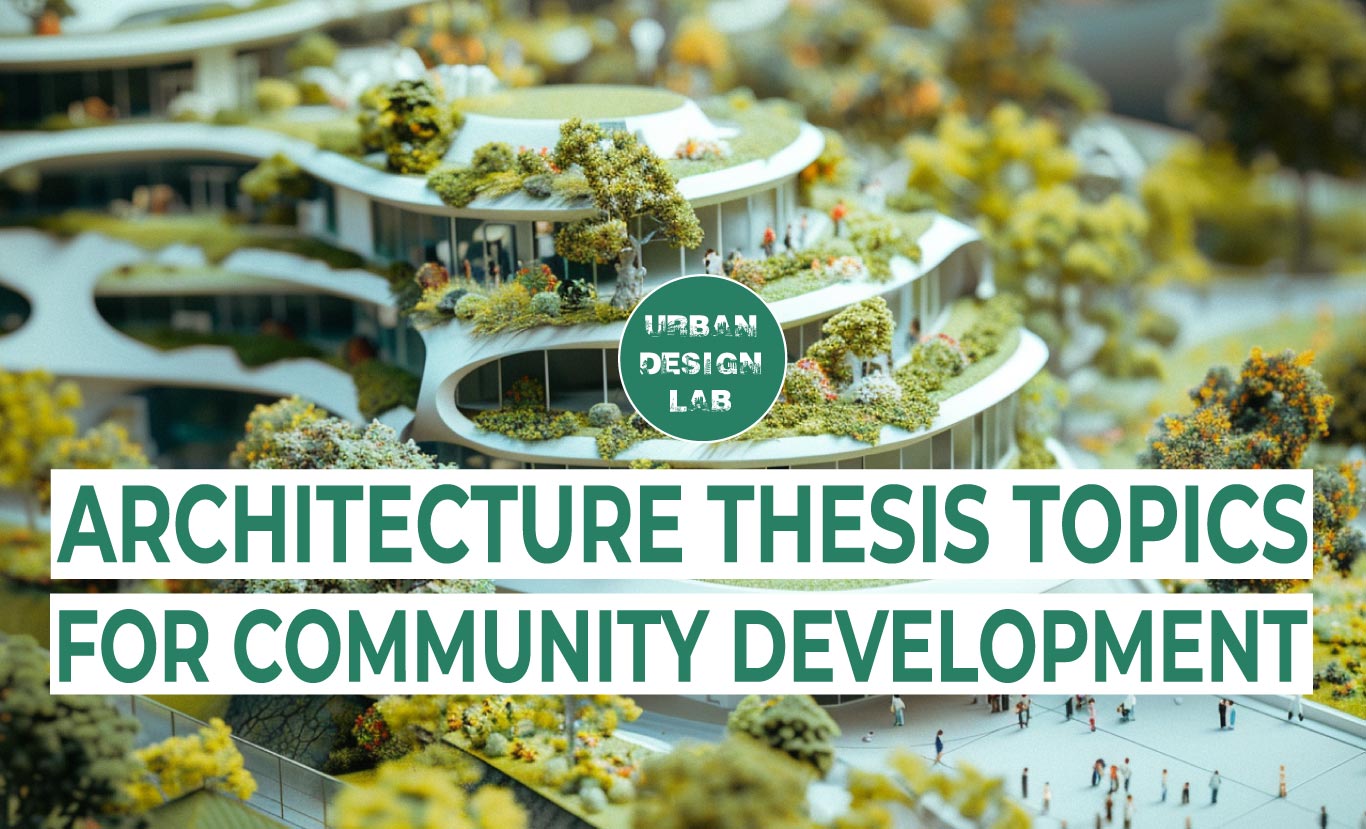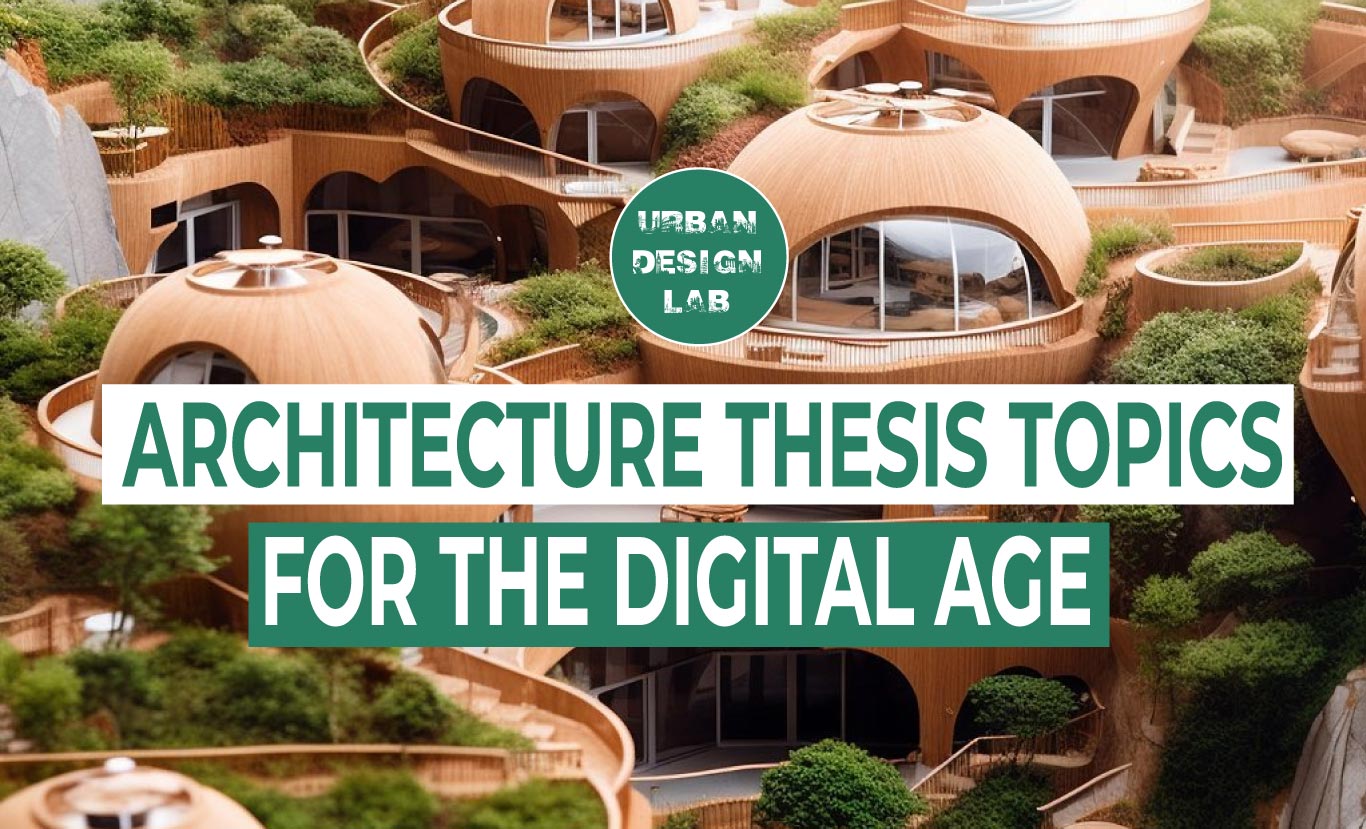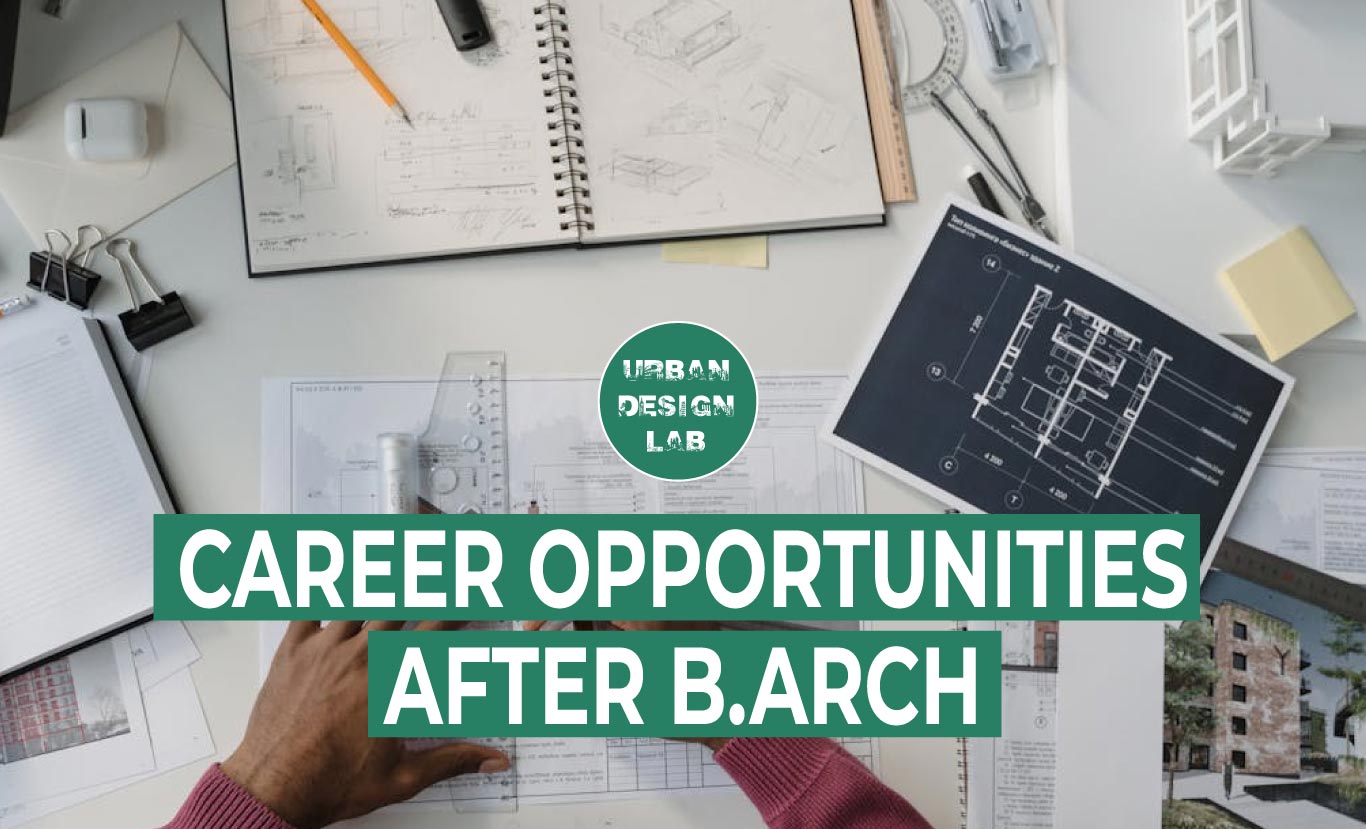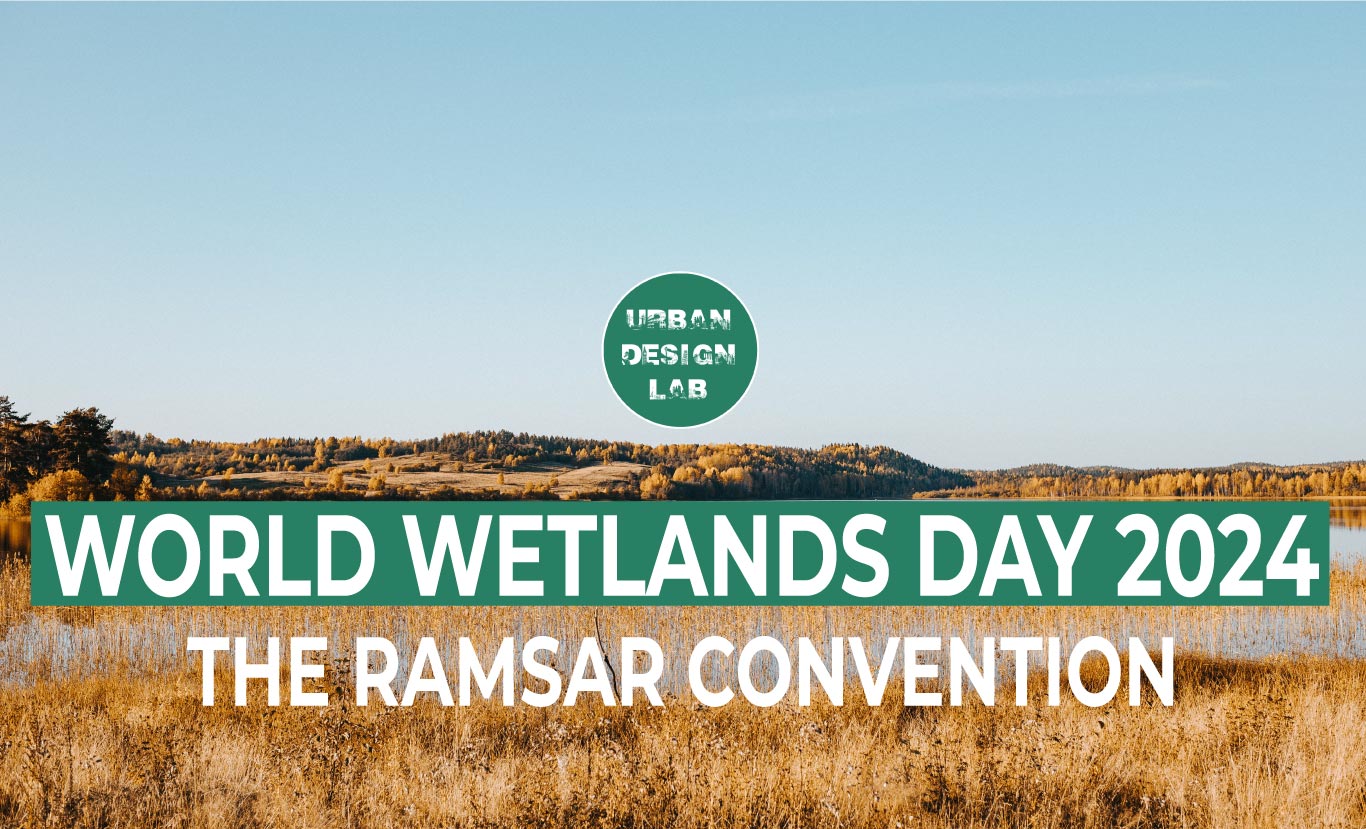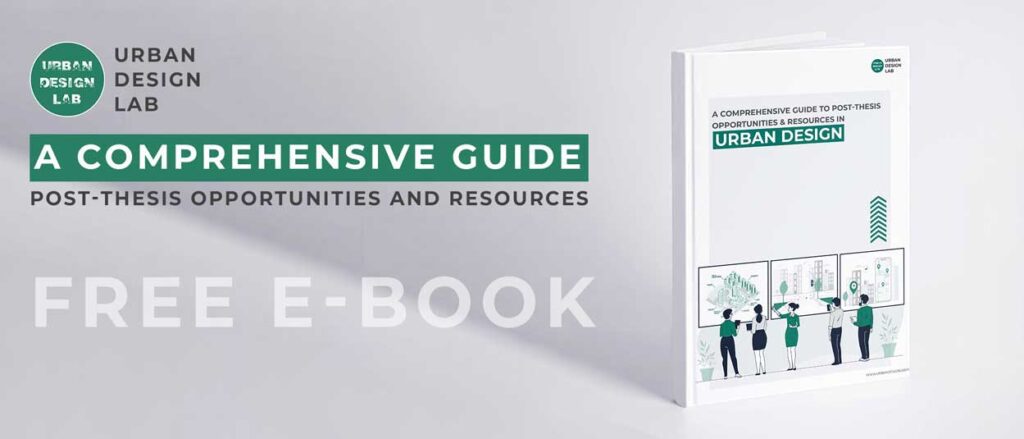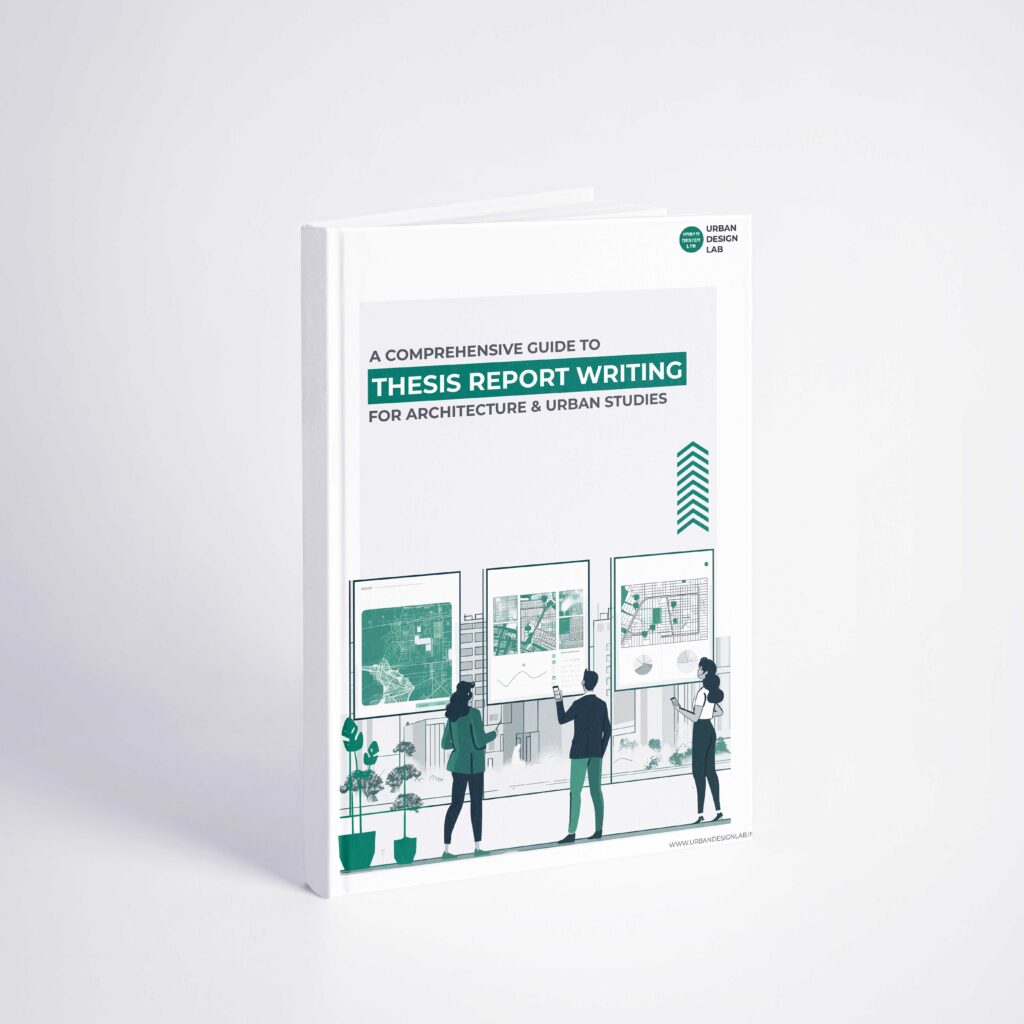EN My thesis This is an Arab village tells the story of the city of Nazareth, in Galilee, suggesting its possible development in the future. Following my six-month stay in the city of Jerusalem I was able to see how in Israeli territories ethnic and religious groups are well defined and their presence is limited to certain areas of the city. Jerusalem is actually the most successful coexistence between the Arabs and Israeli people.
In Nazareth we cannot see that happening, at all. Its actual belonging to the State of Israel has always been controversial, despite having been – during the Dekel operation in July 1948 – the scenario of Israeli resistance against Lebanon.
Currently the citizens of Nazareth are exclusively of Arab ethnicity. All the Jewish are concentrated, instead, in the satellite city of Nazareth Illit: a garden city a few kilometers from the object of my analysis.
Despite its troubled history linked to ethnic-political events, Nazareth has preserved its characteristic of religious desti- nation for all the pilgrimages that interest the territories of the Holy Land. However, the tourist flows that pass through this small town of just 14km2 are massive and mismanaged. This phenomenon ends up negatively affecting the identity of a people outside the Israeli political-administrative fabric. This is an arab village looks at this problem and proposes a possible solution in architectural and urban planning terms.
